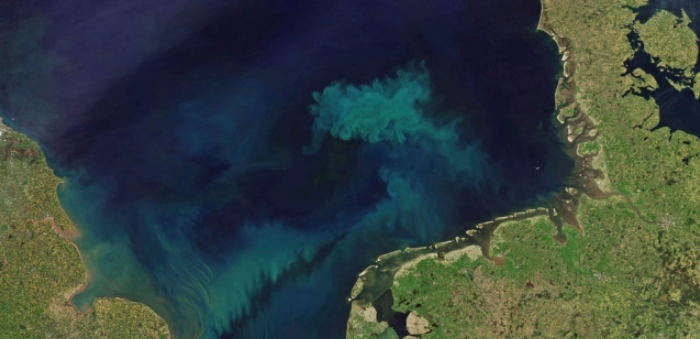According to a new MIT study, climate change is causing significant changes to phytoplankton in the world’s oceans, and over the coming decades these changes will affect the ocean’s colour, intensifying its blue regions and its green ones.
Writing in Nature Communications, researchers report that they have established a global model that simulates the growth and interaction of different species of phytoplankton, or algae, and how the mix of species in various locations will change as temperatures increase around the world. The researchers also simulated the way phytoplankton absorb and reflect light, and how the ocean’s color changes as global warming affects the makeup of phytoplankton communities.
The researchers found that, by the year 2100, more than 50% of the world’s oceans will change in colour, because of climate change.
[smlsubform prepend=”GET THE SAFETY4SEA IN YOUR INBOX!” showname=false emailtxt=”” emailholder=”Enter your email address” showsubmit=true submittxt=”Submit” jsthanks=false thankyou=”Thank you for subscribing to our mailing list”]
The study suggests that blue regions, such as the subtropics, will become even more blue, reflecting even less phytoplankton. Some regions that are greener today, such as near the poles, may turn even deeper green, as warmer temperatures brew up larger blooms of more diverse phytoplankton.
Specifically, the team tweaked a computer model that it has used to predict phytoplankton changes with increasing temperatures and ocean acidification. This model takes information about phytoplankton, such as what they consume and how they grow.
This time , the researchers added a new element: the ability to estimate the specific wavelengths of light that are absorbed and reflected by the ocean, based on the amount and type of organisms in a given region.
When the group compared results of their model to actual measurements of reflected light that satellites had taken, they concluded that the model could be used to predict the ocean’s colour as environmental conditions change in the future.
What’s more, this blue/green waveband presents a very clear signal, or shift, due to climate change. This change is taking place much earlier than what scientists have previously found when they looked to chlorophyll, which they projected would show a climate-driven change by 2055.
Explore more in the following PDF


































































